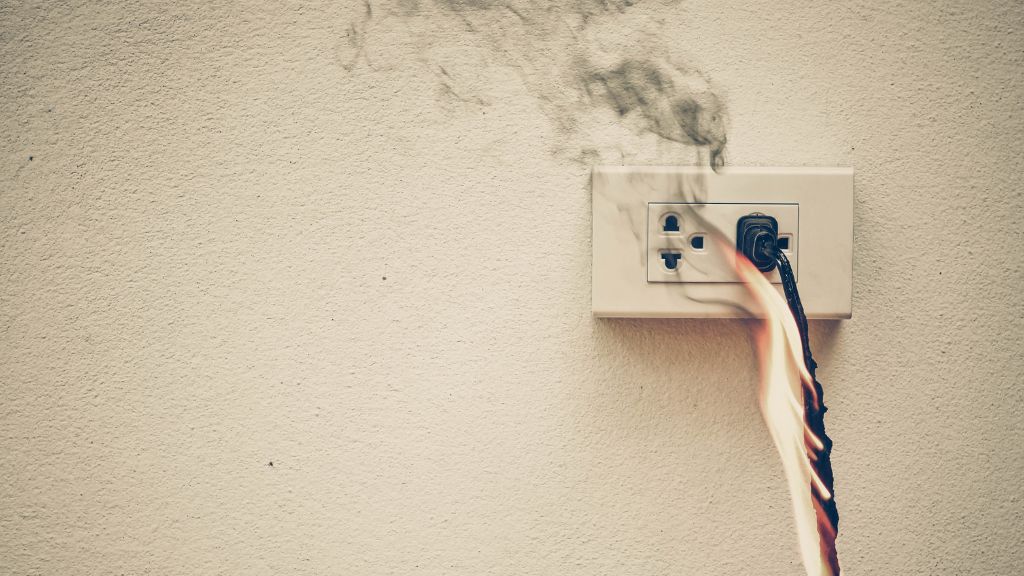Property Geek
We provide the actual and accurate information with unbiased user driven reviews to our viewers, to help them see the best and find the best!
View posts
Electricity is the magic behind everything that runs in our homes: from refrigerators to the main wiring of our houses. A beneficial force if handled properly, electricity can go wayward and that can be a frightening and damaging affair. This event is called a short circuit and it can be prevented with a planned wiring system.
The circular flow of energy from an electrical service panel and back again is called an electrical circuit. This flow of current is broken and continuous. You can connect items along its path of flow such as flights and outlets. These items simply borrow from the circuit and do not break its path.
Electricity likes its path to be unhindered with no resistance. Materials like copper are used as conducting agents because of their least resistance but materials like fiber or wood are highly resistive to current flow. Even iron and steel are poor conductors of electricity but better than fiber or wood.
The exact path of electric current (or shall we say energy) is to flow back to the ground but if the current comes across a shorter path, it will naturally seek that route (a shorter path means a path of least resistance). Electricity immediately changes its course to reach the ground by this easier, shorter path.
Short circuits in the electrical wiring system are caused by:
A short circuit can cause fires or electrocution when a human body comes in contact with its path of least resistance. The current will travel through the body and cause injury and even death through fires, electrocution, or fires. Short circuits demand more power which means high temperatures and electrical arcs that can set fire to flammable materials such as fabrics or wood and even melt plastics.
In a normal short circuit, a hot or powered wire comes in contact with a neutral wire which immediately drops its resistance. The current moves to another path when this happens.
In a ground fault short circuit, the hot wire or powered wire will be in touch with the ground section of any of the following items supplied by electrical current:
Since circuit breaker boxes or electric service panels are dangerous, remember to leave their dead-front cover in place. The cover protects the energized metal lugs which remain live even after the main breaker is off. Here’s what you need to do to fix a short circuit:
An abnormal electrical connection between two nodes with different voltages of an electrical circuit is called a short circuit. Technically, a short circuit results in an electrical current limited only by the Thevenin resistance of the rest of the electrical network. This causes damage to the circuit, an explosion, fire, or overheating.
An example of a short circuit is a power line being damaged by a storm and electricity being cut off. A short circuit is an unintentional connection of low impedance or resistance in an electrical circuit such that extreme and often damaging current floors through it.
Here are 6 warning signs of faulty wiring (short circuit):
Follow these steps to fix a short circuit in a jiffy:
An electrical short circuit causes the flow of an overload current. This huge amount of current leads to heat in the wiring system which increases the temperature of the surrounding materials. The temperature goes high until the ignition temperature and combustion occur.